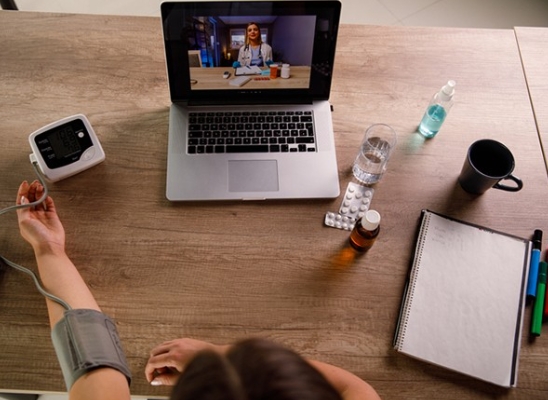In the rapidly evolving landscape of healthcare, technology continues to play a crucial role in improving patient care. One such innovation that is revolutionizing healthcare is remote patient monitoring (RPM). This technology allows healthcare providers to monitor patients’ vital signs and health data in real-time from a distance, enabling them to intervene quickly and provide more personalized care.
Benefits of Remote Patient Monitoring:
1. Improved Patient Outcomes: With RPM, healthcare providers can closely monitor patients with chronic conditions, ensuring they stay on track with their treatment plans and medication regimens. This proactive approach can lead to better health outcomes and reduced hospitalizations.
2. Enhanced Patient Engagement: RPM gives patients the ability to actively participate in their own care by allowing them to track their health data and communicate with their healthcare providers. This increased engagement can lead to better adherence to treatment plans and improved overall health.
3. Cost Savings: By monitoring patients remotely, healthcare providers can identify issues early on and prevent costly emergency room visits and hospitalizations. This can result in significant cost savings for healthcare systems and patients alike.
4. Improved Access to Care: RPM can help bridge the gap in healthcare access, especially for patients in rural or underserved areas. By monitoring patients remotely, healthcare providers can deliver quality care to a wider population without the need for in-person visits.
5. Personalized Care: RPM allows healthcare providers to tailor treatment plans to individual patients based on their real-time health data. This personalized approach can lead to more effective and efficient care, ultimately improving patient outcomes.
Overall, remote patient monitoring is transforming the way healthcare is delivered by providing more personalized and proactive care to patients. As technology continues to advance, the benefits of RPM will only continue to grow, making it an essential tool in improving patient outcomes and reducing healthcare costs.

